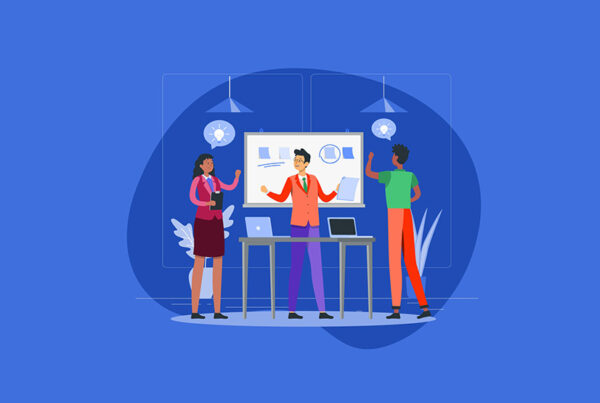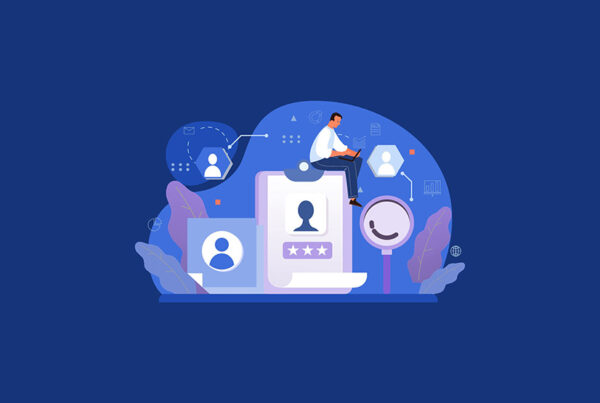In the next ten years every major product will become available in a subscription or “as-a-service” model. Innovators in every category of product are shifting away from the traditional transactional product sale of the 20th century towards service-centric models. These new “as-a-service” paradigms are designed to provide higher levels of value to the customer with a goal of building longer-term relationships.

Consumer Products
Media & Entertainment as-a-Service
- Movies – Consumers no longer purchase DVDs (products). Instead they stream new movies on services such as Netflix or Disney+.
- Music – Consumers no longer purchase CDs (products). Instead they stream music on services such as Spotify or Pandora.
- Software – Consumers no longer purchase shrink-wrapped software (products). Instead they subscribe to applications such as Office365 and Dropbox.
Consumer Goods as-a-Service
- Transportation – Teenagers and college students are buying fewer cars (products). Instead they use ride-sharing services such as Uber and Lyft.
- Food – Consumers are buying fewer items at the grocery store. Instead they have full meal kits shipped to their home via services like BlueApron or Plated.
- Books – Consumers are buying fewer digital and paper books (products). Instead they are subscribing to subscription services like Audible and Amazon Kindle Unlimited.
- Fast Fashion – Early adopters are experimenting with buying fewer clothing and accessories (products). Instead they lease designer apparel from services like Stitch Fitch and Rent the Runway.
- Men’s Grooming – People are buying fewer razors and grooming products at the store (products). Instead they subscribe to home delivery services such as Dollar Shave Club or Harry’s Shave Club.
Business Products
Technology-as-a-Service
You may be thinking “Thanks for the insight Captain Obvious,” because unless you have been living in a cave for the past few years you are probably well aware of the major shift from products to services in the consumer marketplace. But you may not be aware that the same transformation is occurring in the market for business products, because it is happening at a much slower pace.
The best example of the shift to “as-a-service” models in the business sector can be seen in the area of technology spend. Since 2010 there has been a significant shift away from the traditional product-centric model of corporate IT purchasing.
- Computer Hardware – Historically, most businesses purchased the computer hardware needed to run business applications in their corporate data centers. Today most companies have shifted to cloud computing models in which they rent processing power, storage, and various other technology infrastructure services from Amazon Web Services or Microsoft Azure.
- Software – A similar phenomenon has occurred in the category of business software. Throughout the 1980s and 1990s the software industry had a very product-centric model, selling perpetual licenses to business customers for various software applications such as ERP and CRM. Salesforce.com disrupted the traditional license model and pioneered the shift towards the “as-a-Service” model, which now dominates almost every category of business software.
Beyond Technology – Every Product Delivered as-a-Service
Cloud Computing and SaaS have become mainstream concepts in the business world, but they are not the only spend categories shifting from product-centric to service-centric models. In fact, there are a number of “as-a-service” business models that predate the cloud. Rolls Royce has offered its “Power-by-the-Hour” service for aircraft engines since 1962 (almost 60 years). The service includes features such as engine health monitoring to track on-wing performance and engine swap-outs to allow for maintenance without downtime.
- Commercial Real Estate – WeWork and Knotel are disrupting the commercial real estate world by offering an alternative to the traditional lease, which they call “space-as-a-service.” These providers bundle the rent for office space together with furniture, electricity, Internet, coffee, office supplies, maintenance and cleaning services.
- Industrial Lighting – UrbanVolt provides everything needed for a sustainable, commercial lighting system bundled into a single monthly fee. The “lighting-as-a-service” package includes installation, configuration, monitoring, maintenance, upgrades, and end-of-life recycling.
- Office Furniture – CORT offers a subscription model for furniture. Using the furniture-as-a-service model companies can order the latest ergonomic, modern designs for their office, use the pieces for a period of time, and then replace them with newer models as their needs change.
- Company Cars – LeasePlan has recently introduced an alternative to the traditional company car lease that is a common perk in European countries. It’s “car-as-a-service” models the use of the vehicle along with insurance, maintenance and repair services for both large corporate and small and medium enterprises.
You can even buy “compressed air-as-a-service” these days. The German industrial manufacturer Kaesser whose traditional business model was selling compressors (products) to industrial companies now offers an as-a-service model option for compressed air.









